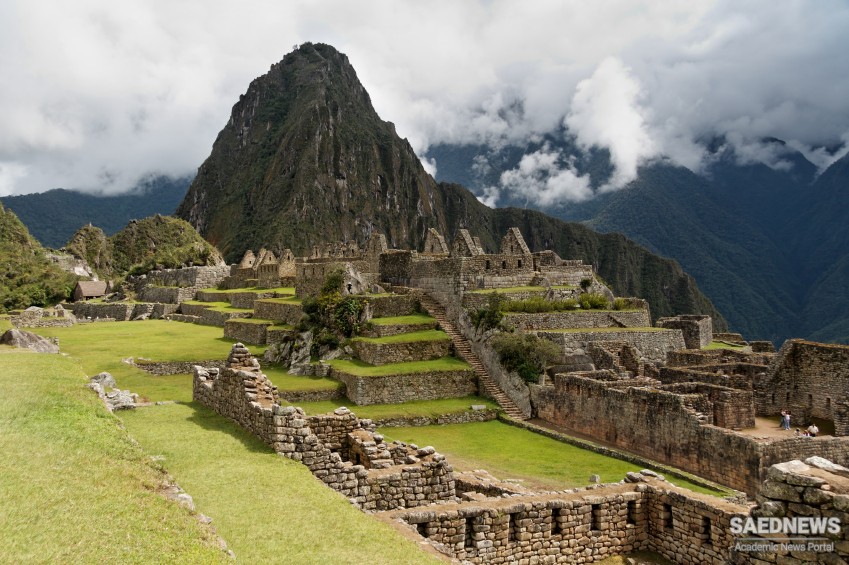People visiting cultural and historical resources is one of the largest, most pervasive, and fastest growing sectors of the tourism industry today. In fact, heritage tourism appears to be growing much faster than all other forms of tourism, particularly in the developing world, and is thus viewed as an important potential tool for poverty alleviation and community economic development (UNWTO 2005). Heritage tourism typically relies on living and built elements of culture and refers to the use of the tangible and intangible past as a tourism resource. It encompasses existing cultures and folkways of today, for they too are inheritances from the past; other immaterial heritage elements, such as music, dance, language, religion, foodways and cuisine, artistic traditions, and festivals; and material vestiges of the built cultural environment, including monuments, historic public buildings and homes, farms, castles and cathedrals, museums, and archeological ruins and relics. Although the heritage industry has in the past focused overwhelmingly on the patrimony of the privileged (e.g., castles, cathedrals, stately homes), there is now widespread acknowledgment and acceptance of everyday landscapes that depict the lives of ordinary people: families, farmers, factory workers, miners, fishers, women and children (Timothy and Boyd 2006a). There is recognition in tourism studies in general, and heritage tourism in particular, that tourism and its impacts, constraints, and management implications are different in the developing world from conditions in the developed world. These differences are underscored principally by differences in economics; politics, power and empowerment; colonialism; conservation/preservation practices; social mores; cultural vitality; gender and socio-economic disparities; urbanization; and legislative engagement, among others. These differences are especially perceptible in the realm of heritage tourism and its impacts (Source: Heritage Tourism and the Underdeveloped World).


 Pilgrimage Tourism and the Revitalization of Cultural Heritage
Pilgrimage Tourism and the Revitalization of Cultural Heritage














































